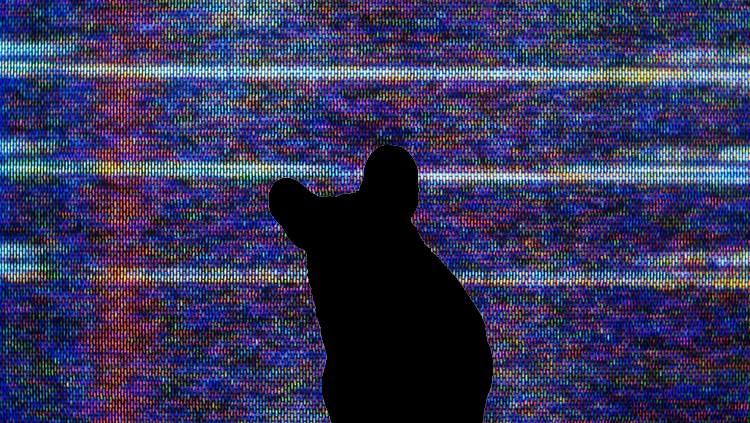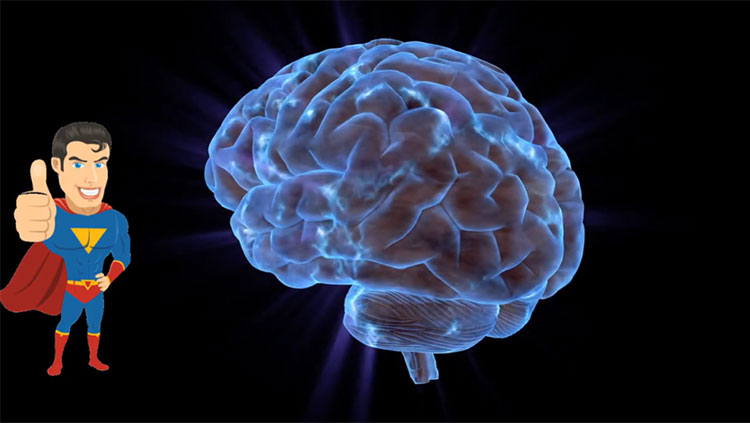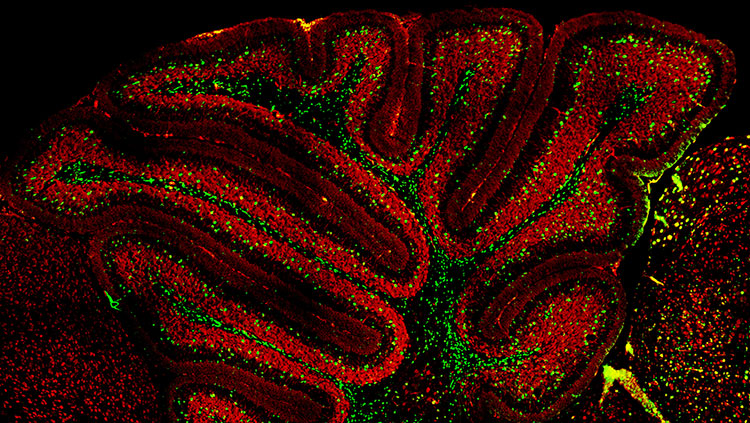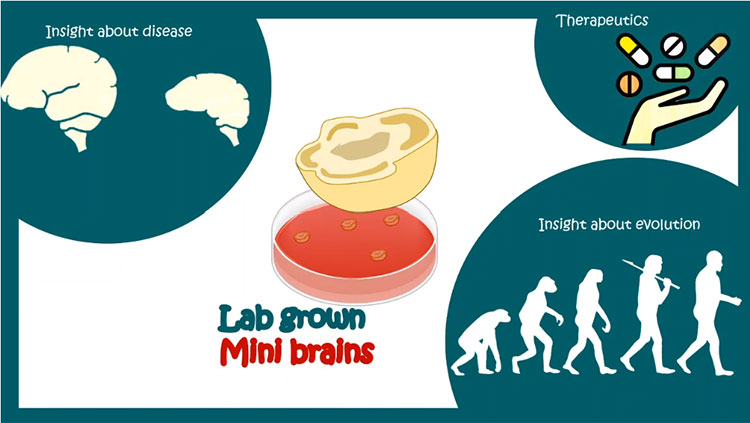TV-Binging Rats Show Symptoms of ADHD
- Published11 Nov 2017
- Reviewed11 Nov 2017
- Author Teal Burrell
- Source BrainFacts/SfN

In the first few years of life, all of the sights and sounds, touches and tastes a child experiences shapes his or her brain. A healthy brain develops in response to sensory stimulation: Too little and the brain may fail to sprout important connections between neurons, possibly causing cognitive and behavioral problems later in life.
On the other hand, too much stimulation may pose a different problem for a developing brain. From watching television to playing on iPads, many children spend a staggering amount of time in front of screens.
“When we look at our environment today this raises the important question: can sensory stimulation be too much?” asks Jan-Marino Ramirez, a researcher at the Seattle Children’s Research Institute.
Research by others hints that it can. In 2004, a group from the University of Seattle found one potential consequence of overstimulation: children who watched more television between the ages of one and three were more likely to display attention problems at age seven.
Ramirez wanted to explore how television influences young brains. He and a team of researchers studied rat pups exposed to six hours of television every day for six weeks. Most rats scurry around the edges of an open field, unwilling to risk venturing into its exposed center. The TV-watching rats, however, proved more hyperactive and impulsive, running around the open field unafraid. They also performed poorly in tests of attention and memory compared with TV-free rats. And, they were more likely to become addicted to cocaine. These behaviors — hyperactivity, impaired memory, and addiction — mirror those found in people with attention deficit hyperactivity disorder, or ADHD.
“While an enriched environment is beneficial, excessive sensory stimulation can be detrimental,” Ramirez says. “You have a brain that is wired up at a much more baseline excited level,” so that it requires even more stimulation to capture its focus, which could contribute to learning and developmental problems.
Although far from definitive, the research is especially relevant “in today’s increasingly complex technological age, where children face a tremendous amount of sensory stimulation,” Ramirez says.
CONTENT PROVIDED BY
BrainFacts/SfN
References
Ramirez J. Exposure to excessive sensory stimulation leads to ADHD-like behaviors in mice. Press conference at the annual meeting of the Society for Neuroscience (2016).
Also In Brain Development
Trending
Popular articles on BrainFacts.org


















